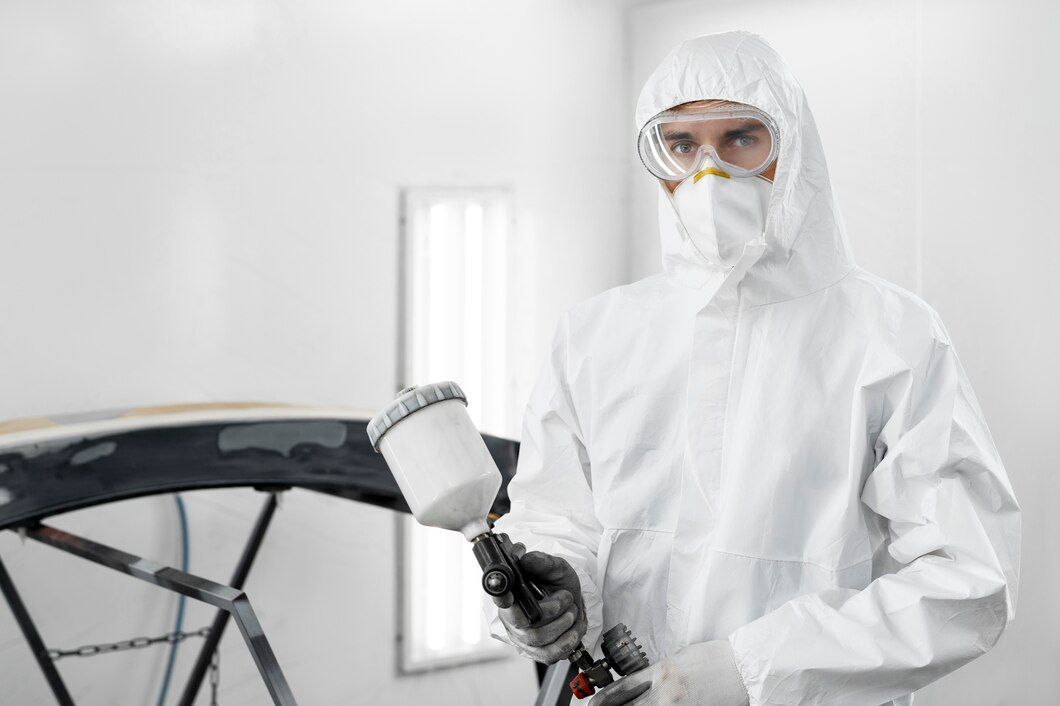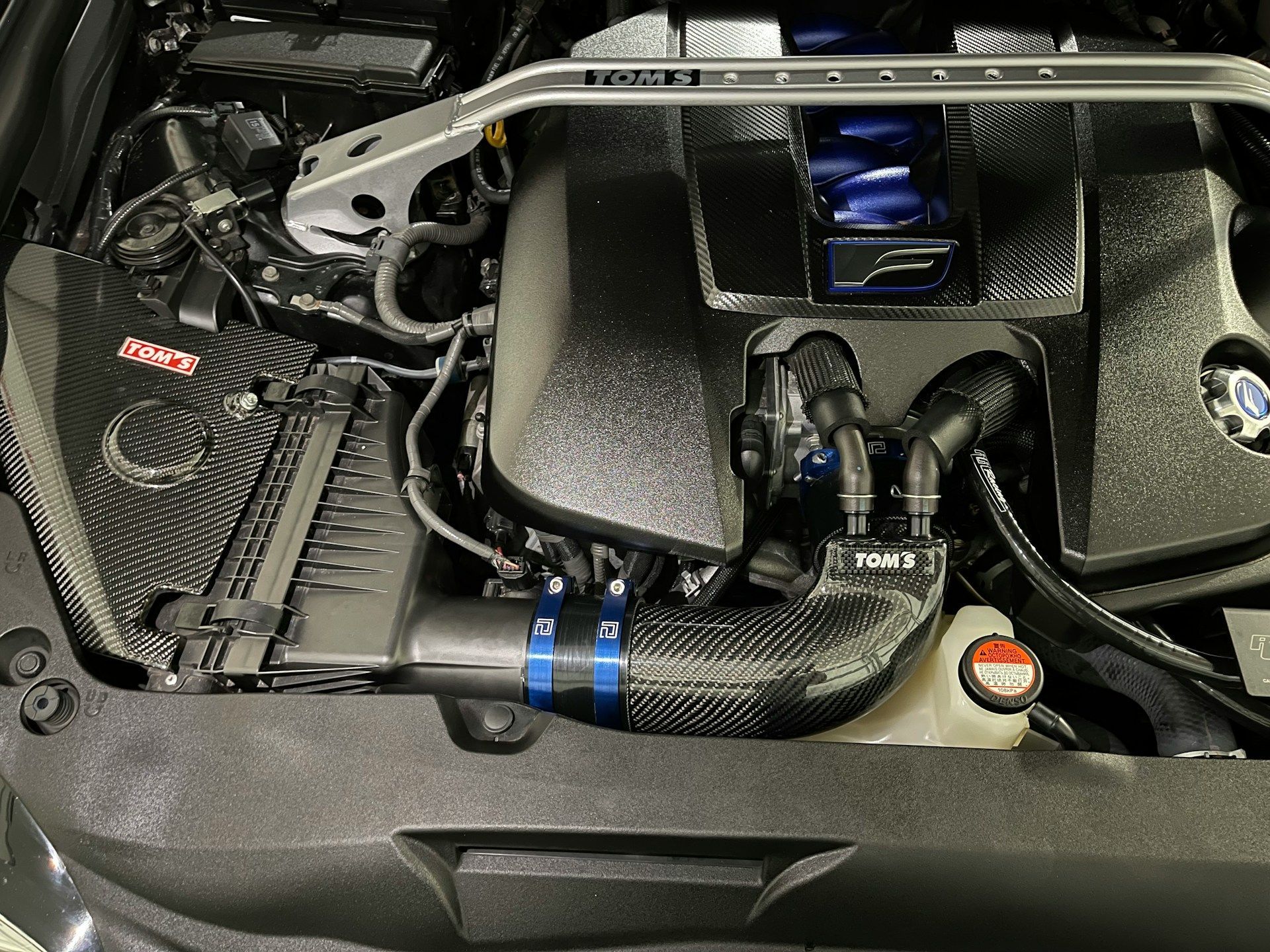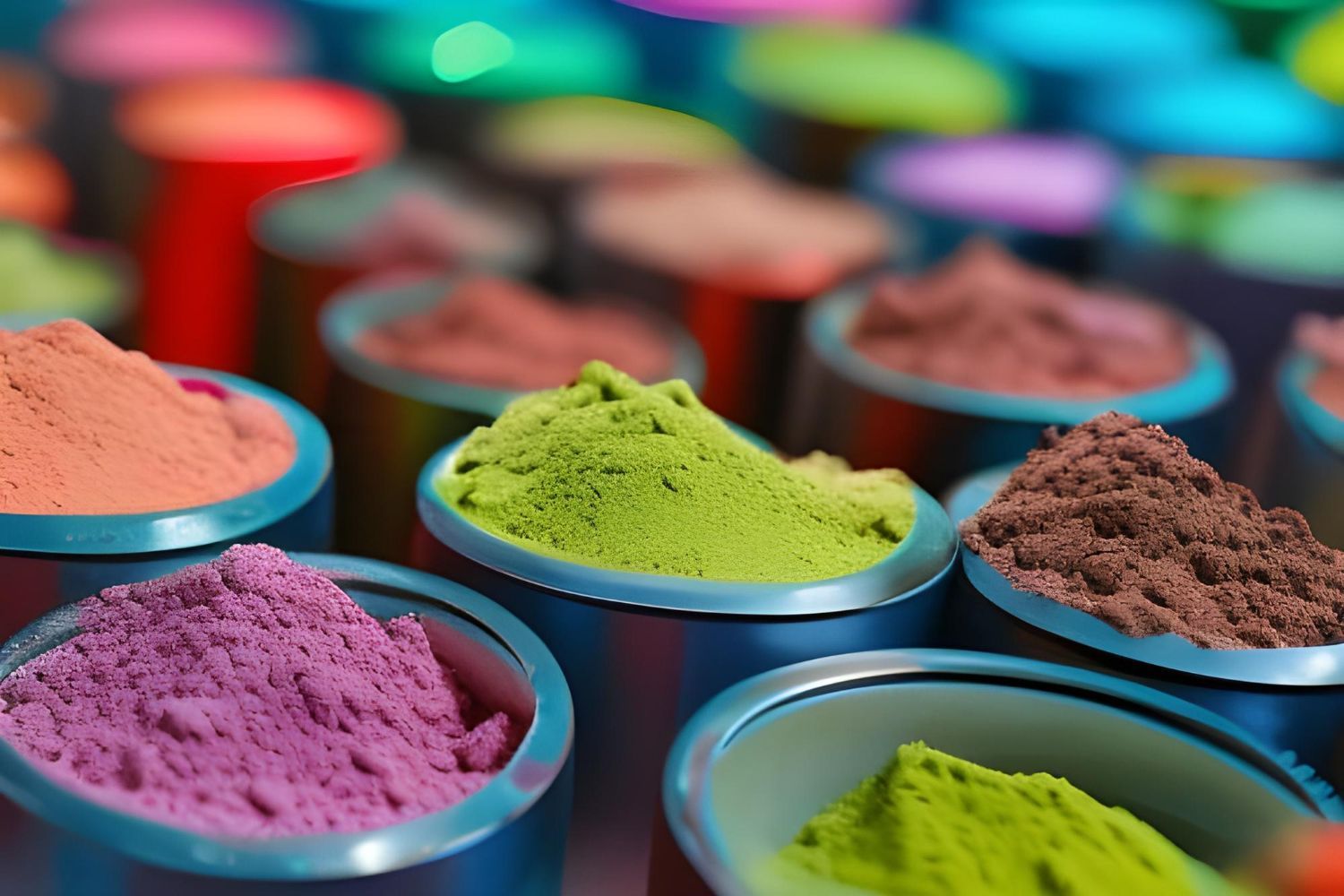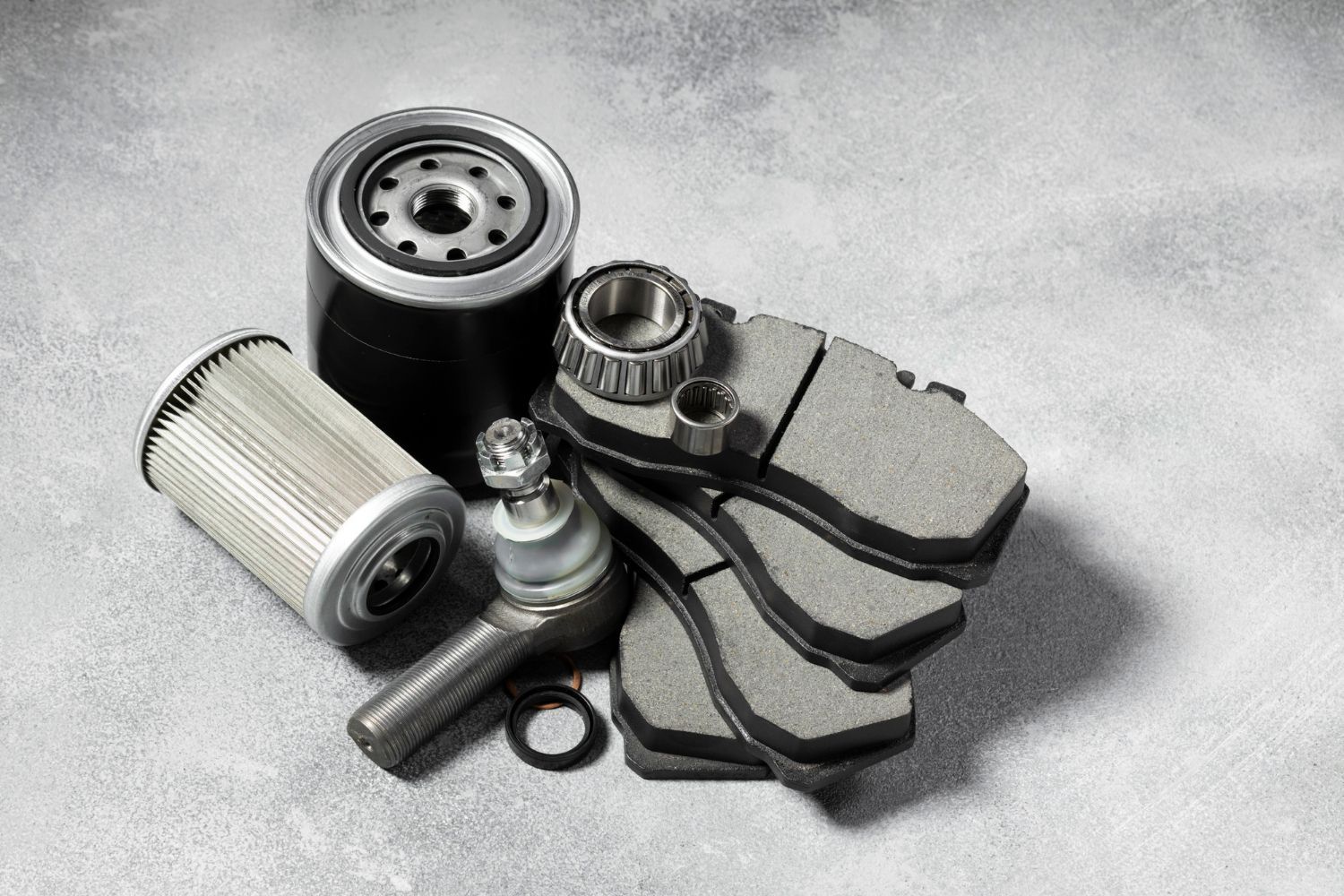A Comprehensive Guide to Powder Coating Material Selection
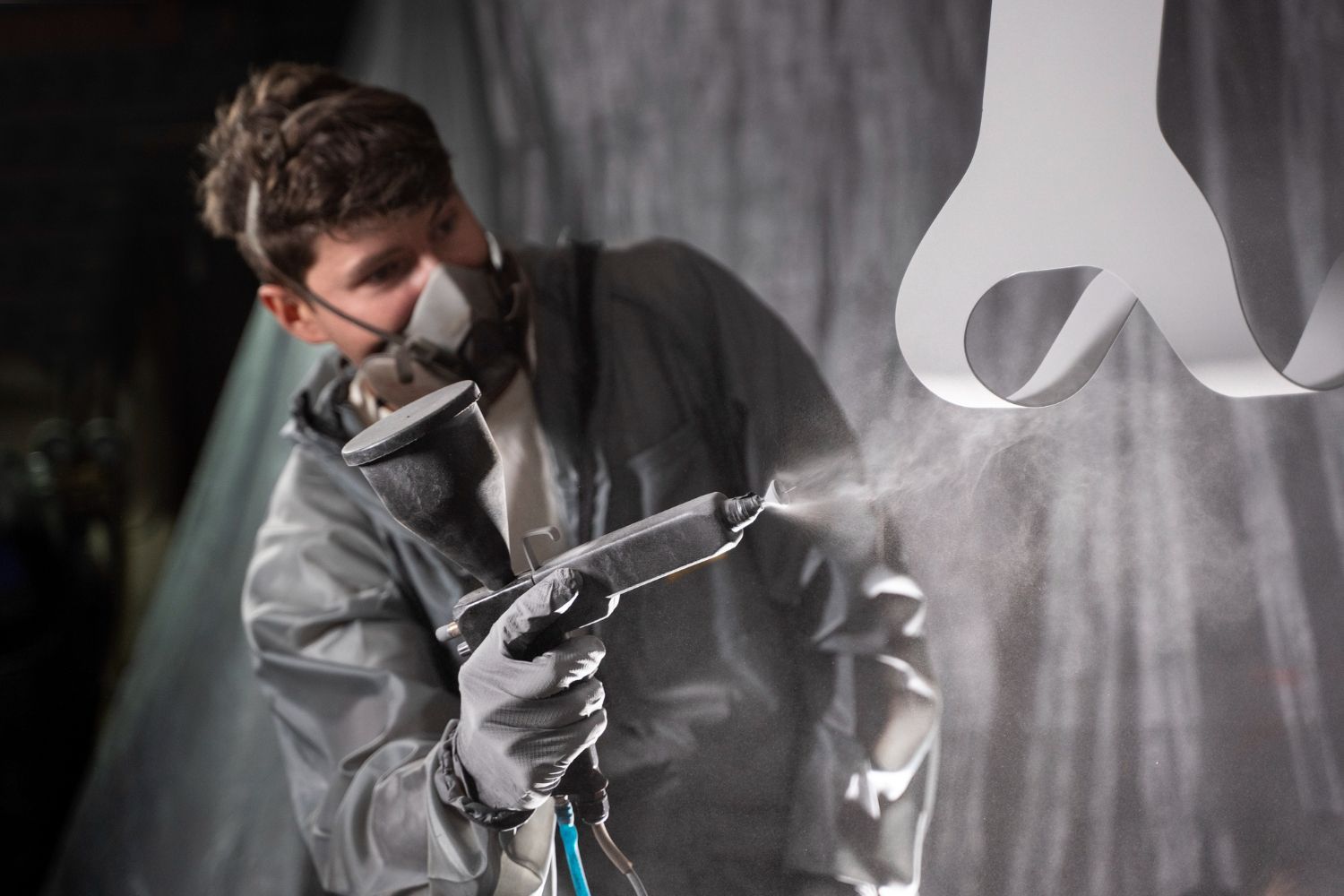
The limitless possibilities inherent in the world of powder coating are undeniably alluring, yet the process of selecting the right materials for your specific project can be a daunting endeavor. With numerous powder formulations available, each boasting unique properties and performance characteristics, it becomes vital to understand the intricacies of material selection to ensure a successful, long-lasting finish that meets your distinct requirements and expectations.
This comprehensive guide will delve into the various aspects of powder coating material selection, exploring the different types of powders, their properties, advantages, and limitations tailored to various applications. By uncovering the complexities of material selection, you will be better equipped to make informed decisions that align with the unique needs of your projects and deliver exceptional results.
At Executive Coast 2 Coast Powder Coating, our team of experienced professionals is dedicated to working closely with you throughout the entire powder coating process, ensuring your material choices are best suited for your specific finishing goals. With our expertise and commitment to excellence, you can trust our guidance in navigating the material selection process and achieving the optimal finish that your projects require and deserve.
1. Understanding the Different Types of Powder Coating Materials
To choose the right powder coating material for your project, it's important to understand the major categories of powders and their primary characteristics. The two most common types are thermosetting and thermoplastic powders.
Thermosetting Powders:
- Form chemical bonds upon curing, which creates a stable and permanent finish
- Available in a variety of formulations, such as epoxy, polyester, and hybrid systems
- Provide a wide range of finishes, colors, and textures
- Higher resistance to environmental factors and chemicals
Thermoplastic Powders:
- Reversible, as they can be melted and re-hardened multiple times
- Excellent chemical resistance and mechanical properties
- Common thermoplastic materials include polyvinyl chloride (PVC), polyethylene, and nylon.
- Widely used in wire insulation, corrosion protection, and anti-skid surfaces
2. Analyzing Material Properties: Performance and Durability
Different powder coating materials offer varying levels of performance and durability, so it is crucial to account for the specific environment and conditions your project will be exposed to. Key factors to consider when examining material properties include:
Corrosion Resistance:
- Ideal for outdoor applications or industries such as automotive, marine, and aerospace
- Some powder types, like epoxy and fusion-bonded epoxy systems, boast exceptional corrosion resistance
Flame and Heat Resistance:
- Critical for components exposed to high temperatures or in applications where flame resistance is essential
- Silicone-based and epoxy-based powder coatings exhibit excellent high-temperature capability
Chemical Resistance:
- Important for parts that come into contact with chemical agents or aggressive environments
- Epoxy and polyurethane powders generally offer superior chemical resistance
3. Versatility in Colors, Textures, and Finishes: Aesthetic Appeal and Design Flexibility
One of the major advantages of powder coating is the ability to customize colors, textures, and finishes to achieve the desired look for your project. Some common options available include:
Colors:
- Powder coatings offer a nearly endless palette of colors, including bold hues, metallics, and even clear coats
- Colors can be mixed or matched to match specific color codes or branding guidelines
Textures:
- Grainy, matte, gloss, and satin are just a few examples of available texture options
- Textures can greatly enhance the appearance, feel, and functionality of the finished product
Finishes:
- Options range from bright and shiny finishes to antique or patina finishes, as well as variations on gloss and matte
- Custom finishes can also be formulated to mimic metal, wood, and stone surfaces
4. Environmental Impact and Regulatory Considerations
The growing emphasis on sustainability and environmental responsibility demands careful consideration when selecting powder coating materials. Keep in mind the following factors:
Sustainable Formulations:
- Many powder coatings are designed to be more environmentally friendly, with low VOCs, heavy metals, and hazardous substances
- Prioritize powders that adhere to environmental regulations and contribute to a reduced ecological footprint
Regulatory Compliance:
- Ensure any powder chosen meets relevant industry standards, such as NSF, FDA, and UL regulations
- Confirm compliance with regional environmental regulations related to VOCs, HAPs, and other material requirements
Unlocking the Full Potential of Powder Coating
Decoding the intricate details of powder coating material selection is a vital step in achieving exceptional, long-lasting finishes tailored to your unique requirements and preferences. By understanding the different types of materials, their properties, performance characteristics, and environmental considerations, you can make informed decisions that optimize the outcome of your projects and exceed your expectations.
At Executive Coast 2 Coast Powder Coating, our team of dedicated professionals is committed to collaborating with you throughout the entire material selection process, delivering expert guidance, and unparalleled finishing solutions your projects deserve. Put your trust in our hands, and experience firsthand the benefits of a flawless, high-quality finish achieved through carefully curated material choices.
Take the first step toward realizing the full potential of your
powder coating projects by mastering the art of material selection and unleashing the boundless possibilities of customization and performance that this versatile finishing technique offers.

